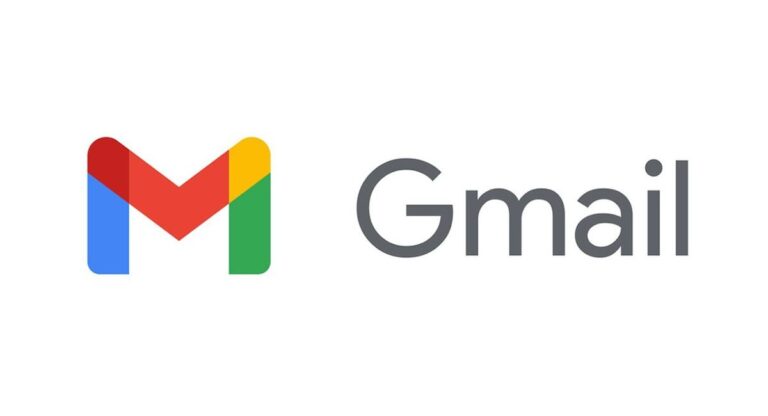Google is stepping up its game in protecting user privacy and combating spam with the development of Shielded Email. This innovative feature allows users to create temporary or single-use email aliases, aiming to provide an extra layer of privacy while interacting with online services. In this article, we’ll dive into what Shielded Email is, its purpose, advantages, and the challenges it might face, along with how it aligns with Google’s broader security efforts.

What is the Purpose of Google Shielded Email, and How Does it Protect User Privacy?
The primary goal of Google Shielded Email is to protect users’ real email addresses when signing up for online services or forms. By using temporary aliases, users can shield their primary email from being exposed to potential spam, phishing attacks, or data breaches. Any messages sent to these aliases are forwarded to the user’s actual email, ensuring seamless communication without compromising privacy.
This feature not only reduces the risk of unwanted marketing emails but also limits the potential for third-party tracking and unauthorized data collection, safeguarding user privacy in a rapidly digitizing world.
How Does Shielded Email Mitigate Spam and Phishing Risks?
Spam and phishing attacks often rely on exploiting users’ email addresses. With Shielded Email, users can create disposable addresses that are easy to deactivate. If an alias starts receiving spam or appears compromised, users can simply turn off forwarding without affecting their primary account. This proactive approach minimizes exposure to malicious actors and prevents long-term inbox clutter.
Additionally, the feature reduces identity theft risks by ensuring users’ personal email addresses remain private, particularly when interacting with untrusted platforms.
What Advantages Does Shielded Email Offer Over Third-Party Apps?
While several third-party apps, such as DuckDuckGo and Bitwarden, provide similar temporary email solutions, Google’s Shielded Email offers unique advantages:
- Seamless Integration: It integrates directly with Google’s Autofill service, ensuring compatibility across Android apps and platforms without requiring additional tools.
- Ease of Use: Users can quickly generate aliases within the Android ecosystem, leveraging a familiar and intuitive interface.
- Enhanced Trust: Backed by Google’s robust security framework, the feature offers reliability and better support compared to third-party providers.
Where Was Shielded Email First Identified, and What is Its Development Status?
Shielded Email was first discovered during an APK teardown of Google Play Services version 24.45.33. Developers uncovered strings of code referencing its functionality, such as creating aliases, enabling forwarding, and managing spam control.
Currently, the feature is visible in the Autofill with Google menu on Android devices but redirects to an empty page, indicating it is still under development. Its beta testing phase suggests a public release is on the horizon.
Potential Challenges and Limitations
Despite its promise, Shielded Email could face certain technical challenges:
- Alias Structure: If Google uses @gmail.com for aliases, distinguishing temporary emails from actual Gmail addresses might confuse some platforms. Alternatively, using unique domain names could make them less recognizable.
- Privacy Concerns: Storing aliases and forwarding settings may raise concerns about how much metadata Google retains and how it is used.
- Global Availability: Limiting access to certain regions or devices could hinder adoption.
Google must address these issues to ensure widespread acceptance and trust.
How Does Shielded Email Align with Google’s Broader Privacy Efforts?
The introduction of Shielded Email complements Google’s ongoing privacy-focused initiatives, such as virtual card numbers for secure payments and the expansion of the Help Me Write feature for Google One AI Premium subscribers. Both features emphasize reducing personal data exposure and enhancing security during digital interactions.
These efforts highlight Google’s commitment to building a safer online environment by proactively addressing evolving security threats while prioritizing user convenience.
Wrapping Up
As spam and privacy threats become increasingly pervasive, Google Shielded Email emerges as a practical solution to safeguard personal information. By offering temporary aliases, it minimizes the risk of phishing, spam, and data breaches while maintaining user-friendly integration within the Google ecosystem.
While challenges like alias structuring and metadata retention remain, the feature’s potential to transform email privacy is undeniable. With Shielded Email, Google takes another significant step toward enhancing user security and protecting digital identities.



